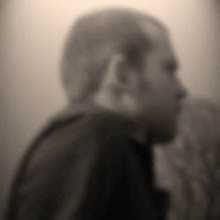"It is here that death and the truth,
Their terrible torches raise;
It is in this place, in the inaccessible world,
That one passes to eternity."Translation from an engraving outside the abbey of La Trappe, as recorded in the marvellous book:
A Visit to the Monastery of La Trappe in 1817
With Notes
Taken during a tour the[sic] Le Perche, Normandy, Bretagne, Poitou, Anjou,
Le Boucage, Touraine, Orleanois, and
The environs of Paris
by W.D. Fellowes, Esq.
Illustrated with numerous coloured engravings,
From drawings made on the spotThey don't name books like they used to. I've had to fudge the translation a bit because my french is a little rusty. Actually it was never shiny in the frist place, so feel free to correct or retranslate if I've gone horribly wrong. The orginal text is:
"C'est ici que la mort et que la vérité
Elèvent leurs flambeaux terribles;
C'est de cette demeure, au monde inaccessible,
Que l'on passe à l'éternité." On a side note, after months of inactivity I intend to update this blog with all my design progress... stay tuned for more over the coming days.






























